In recent years the department has welcomed several new assistant professors, extending our expertise in architectural history and digital methods, arts of the African diaspora, Indigenous art, and Canadian architecture. These new colleagues are enriching our curriculum and complementing our established strengths.
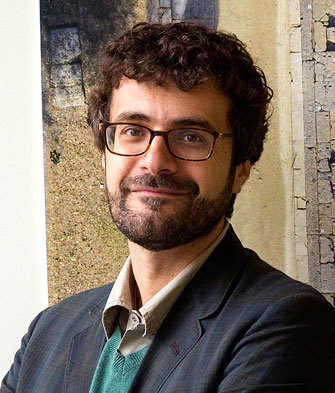 Philip Sapirstein specializes in Greek architecture and archaeology, focusing on the digital study and reconstruction of ancient sites. “Lately, I've been studying architecture from a recently discovered Archaic sanctuary in the southern tip of the Peloponnese, as well as the terracotta roof tiles buried under a well-preserved temple at Amarynthos,” he notes. “I also have an article coming out in the journal Hesperia that discusses recent finds from the Bays of East Attica Regional Survey.” His seminar students learn the same digital techniques he uses in his research. Philip Sapirstein specializes in Greek architecture and archaeology, focusing on the digital study and reconstruction of ancient sites. “Lately, I've been studying architecture from a recently discovered Archaic sanctuary in the southern tip of the Peloponnese, as well as the terracotta roof tiles buried under a well-preserved temple at Amarynthos,” he notes. “I also have an article coming out in the journal Hesperia that discusses recent finds from the Bays of East Attica Regional Survey.” His seminar students learn the same digital techniques he uses in his research. |
|
|
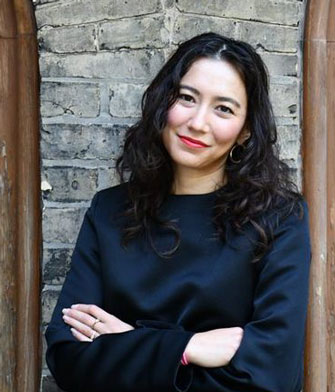 Maya Harakawa studies the African diaspora in twentieth-century North America and is writing a book on Harlem in the 1960s. Her courses explore issues at the core of this project, especially how art changes how we think about politics and identity. “I'm excited to develop courses that encourage students to let their personal values guide their engagement with art,” says Harakawa. “I like when students can use their own terms (rather than terms dictated by subject or method) to actively claim what they find most interesting or important about the discipline.” Maya Harakawa studies the African diaspora in twentieth-century North America and is writing a book on Harlem in the 1960s. Her courses explore issues at the core of this project, especially how art changes how we think about politics and identity. “I'm excited to develop courses that encourage students to let their personal values guide their engagement with art,” says Harakawa. “I like when students can use their own terms (rather than terms dictated by subject or method) to actively claim what they find most interesting or important about the discipline.” |
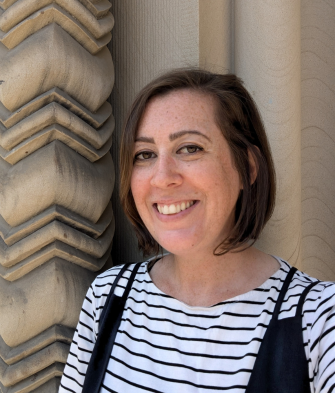 Jessica Mace is a historian of Canadian architecture. As the department’s first teaching stream faculty member, she also develops experiential learning opportunities that engage students with arts, heritage, and architecture organizations. “Whether in the context of an academic course or securing new internship opportunities, I have been helping students tackle ‘real-world’ projects to better understand the job market and make connections,” says Mace. She recently taught a seminar in which students worked with the Ontario Heritage Trust, revising provincial statements of significance for several heritage properties and proposing future uses for each site. “The art and architecture of Canada offers a unique platform to get U of T students involved in the local scene,” Mace notes. Jessica Mace is a historian of Canadian architecture. As the department’s first teaching stream faculty member, she also develops experiential learning opportunities that engage students with arts, heritage, and architecture organizations. “Whether in the context of an academic course or securing new internship opportunities, I have been helping students tackle ‘real-world’ projects to better understand the job market and make connections,” says Mace. She recently taught a seminar in which students worked with the Ontario Heritage Trust, revising provincial statements of significance for several heritage properties and proposing future uses for each site. “The art and architecture of Canada offers a unique platform to get U of T students involved in the local scene,” Mace notes. |

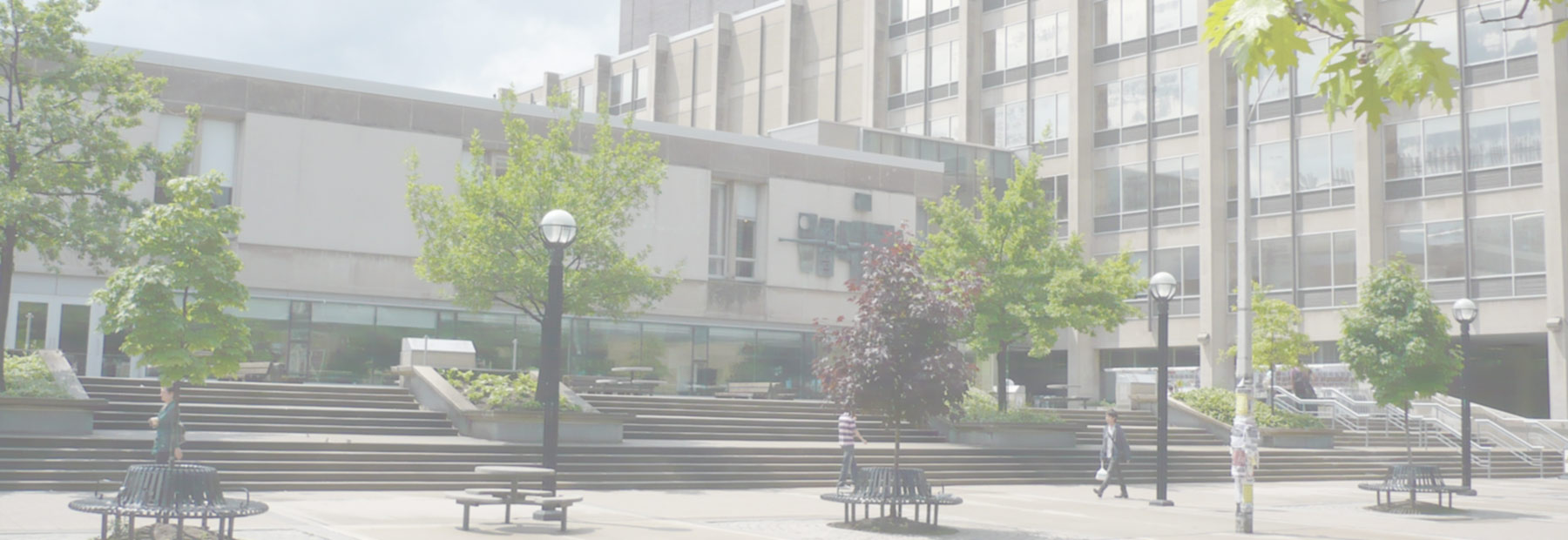
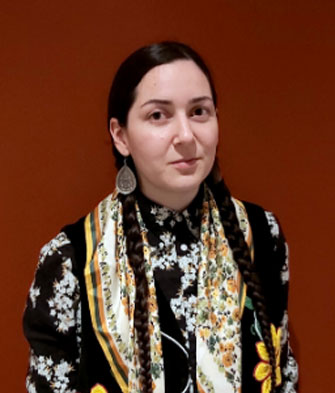 Mikinaak Migwans teaches in the department while serving as Curator of Indigenous Contemporary Art at the University of Toronto Art Museum. A member of Wiikwemkong First Nation and a multimedia artist by training, Migwans focuses on the politics of place-making from the land to the museum, with special emphasis on the natural fibre weaving traditions of the Great Lakes. Exploring Anishinaabe art and crafts in museum collections through the lens of critical theory, Migwans has worked with the Great Lakes Research Alliance for the Study of Aboriginal Arts & Culture at Carleton University, the Ojibwe Cultural Foundation in M’Chigeeng First Nation, and the National Gallery of Canada.
Mikinaak Migwans teaches in the department while serving as Curator of Indigenous Contemporary Art at the University of Toronto Art Museum. A member of Wiikwemkong First Nation and a multimedia artist by training, Migwans focuses on the politics of place-making from the land to the museum, with special emphasis on the natural fibre weaving traditions of the Great Lakes. Exploring Anishinaabe art and crafts in museum collections through the lens of critical theory, Migwans has worked with the Great Lakes Research Alliance for the Study of Aboriginal Arts & Culture at Carleton University, the Ojibwe Cultural Foundation in M’Chigeeng First Nation, and the National Gallery of Canada.